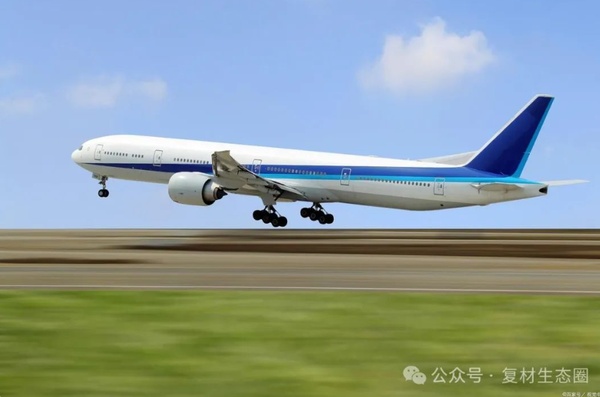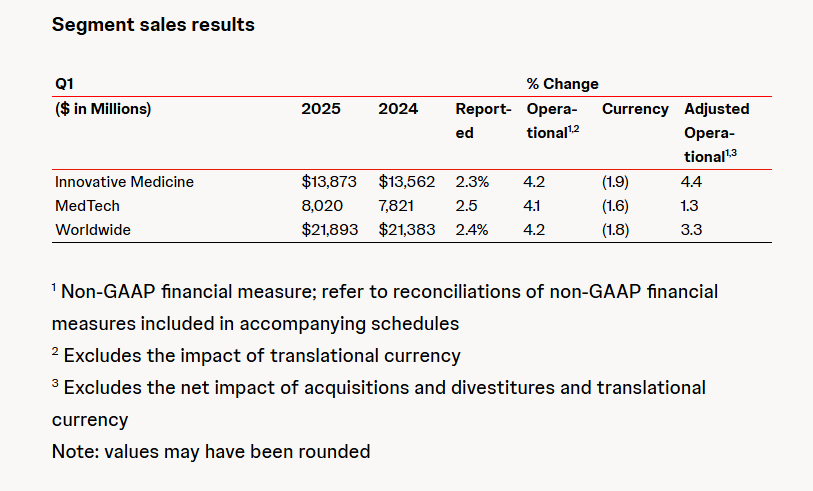Aerospace Composite Materials Technology: High Modulus Carbon Fiber and the Prospects of Multifunctional Integrated Design
The aerospace field, as the forefront of modern technology, has seen its rapid development place increasingly stringent demands on material properties. With the continuous advancement of space technology and the growing complexity of aircraft, there are higher requirements for the strength, toughness, heat resistance, corrosion resistance, radiation resistance, and lightweight properties of materials. To meet these demands, composite material technology, especially high-modulus carbon fibers and multifunctional integrated design, with their unique advantages, have an increasingly broad application prospect in the aerospace field.

evolution of high modulus carbon fiber
Carbon fiber composite materials (Carbon Fiber Reinforced Polymer, CFRP) have been widely used in the aerospace field since the 1960s due to their characteristics such as high strength, high modulus, low density, corrosion resistance, heat resistance, and good designability.
Lightweight advantage: The density of carbon fiber is only about 1/4 that of steel, but its tensile strength is much higher than that of steel. This allows carbon fiber composites to reduce structural weight while maintaining or even improving the strength and stability of the structure. This is of great significance for improving the payload capacity, fuel efficiency, and maneuverability of aircraft. For example, the carbon fiber composite content in the Boeing 787 and Airbus A350 XWB exceeds 50% and 53%, respectively, significantly enhancing the performance of the aircraft.
Heat resistance: During space flight, the spacecraft needs to withstand extremely high temperatures and pressures. Carbon fiber composite materials have good heat resistance and can be used to manufacture the thermal protection system of the spacecraft, such as insulation layers and heat-resistant tiles, effectively protecting the spacecraft from damage in high-temperature environments.
Optimization of manufacturing processes: With the development of computer technology and materials science, the optimized design of carbon fiber composite materials has become possible. By adjusting parameters such as the arrangement of fibers, the type and content of the resin matrix, the performance of the material can be further optimized. At the same time, the adoption of advanced manufacturing technologies such as Automated Fiber Placement (AFP) and Automated Tape Laying (ATL) can greatly improve production efficiency and quality stability.
The challenges and prospects of multifunctional integrated design
Multifunctional integrated composite material is an advanced material that integrates multiple functions, combining the advantages of traditional materials and achieving functional synergy and integration through advanced manufacturing technology.
performance features
Lightweight and high-strength: Composite materials have extremely high specific strength and specific stiffness, which can reduce the weight of the structure while maintaining its strength and stability.
Excellent fatigue resistance: Aerospace structures need to withstand repeated stress changes during service, and composite materials have excellent fatigue resistance, which can effectively resist long-term stress effects.
Excellent chemical stability: Composite materials can maintain stability and a long service life in environments with high temperature, high humidity, and chemical erosion.
application status
Structural component manufacturing: Multi-functional integrated composite materials are widely used in the manufacturing of structural components for aircraft, satellites, etc., such as fuselage, wings, tail, etc.
Thermal protection system: These materials are also used to manufacture the thermal protection systems of aircraft, enhancing the survivability and combat effectiveness of the aircraft.
Functional components: such as antennas, solar panel mounts, etc., these components need to have good mechanical properties and stability, and composite materials happen to meet these requirements.
challenges faced
High costs: Despite the excellent properties of carbon fiber composites, their high costs have always been one of the main factors limiting their widespread application. To reduce costs, researchers are exploring new preparation methods and recycling technologies.
Airworthiness certification: The airworthiness certification process for composite aircraft structures is complex and time-consuming, requiring strict adherence to safety standards and regulations.
The complexity of manufacturing processes: issues exist in the curing of large-sized integral wall panels, curing of large beams in ovens, and liquid molding of large components, requiring continuous improvement and optimization of manufacturing processes.
future development trends
Technological innovation: As material science and manufacturing technology continue to advance, the performance stability and production efficiency of multifunctional integrated composite materials will be further improved.
规模化生产:Scale production: By reducing costs and optimizing manufacturing processes, these high-performance composite materials are expected to achieve scale production and find wider application in the aerospace field.
Environmental protection and sustainable development: As environmental protection and sustainable development receive increasing attention, lightweight, high-strength, and environmentally friendly composite materials will play a crucial role in green aviation and space exploration.

Aerospace composite material technology, especially high-modulus carbon fiber and multifunctional integrated design, has brought revolutionary changes to modern aerospace technology. Through continuous technological innovation and the implementation of optimization strategies, we can further improve the performance stability and production efficiency of composite materials, promoting the sustained development of the aerospace industry. In the future, with the continuous advancement of materials science and manufacturing technology, these high-performance composite materials will play an even more important role in the aerospace field.
【Copyright and Disclaimer】The above information is collected and organized by PlastMatch. The copyright belongs to the original author. This article is reprinted for the purpose of providing more information, and it does not imply that PlastMatch endorses the views expressed in the article or guarantees its accuracy. If there are any errors in the source attribution or if your legitimate rights have been infringed, please contact us, and we will promptly correct or remove the content. If other media, websites, or individuals use the aforementioned content, they must clearly indicate the original source and origin of the work and assume legal responsibility on their own.
Most Popular
-

Overseas Highlights: PPG Establishes New Aerospace Coatings Plant in the US, Yizumi Turkey Company Officially Opens! Pepsi Adjusts Plastic Packaging Goals
-

Abbott and Johnson & Johnson: Global Medical Device Giants' Robust Performance and Strategies Amid Tariff Pressures
-

BYD releases 2024 ESG report: Paid taxes of 51 billion yuan, higher than its net profit for the year.
-

Behind pop mart's surging performance: The Plastics Industry Embraces a Revolution of High-End and Green Transformation
-

The price difference between recycled and virgin PET has led brands to be cautious in their procurement, even settling for the minimum requirements.



